Say you’re browsing to buy a leather bag or wallet. Naturally, you’d want a high-quality product, but the world of leather is complex. How can you tell the leather is truly worth your hard-earned money?
To help you make better purchasing decisions, us leather-obsessed folks at Gnome & Bow have put together an informative guide for you. Read on to learn about the three most important things to consider when buying leather products.
1. LEATHER GRADE
Credit: Google
It all begins with the cowhide, which consists of multiple distinct layers. Leather grades depend on the layers used, which greatly influences the final product’s quality and longevity. Let’s take a closer look at the five grades of leather, ranked in order from most to least pure.
Full-Grain Leather
This is the real deal, the crème de la crème. It’s the outermost layer of the cowhide that has a fine, fully-intact grain with densely packed fibres. Since it undergoes minimal processing and no sanding or buffing, full-grain leather retains its natural imperfections. It also absorbs moisture and oil to develop a natural patina over time, leading to incredible longevity.
Top-Grain Leather
Contrary to its name, top-grain leather isn’t the best leather — that honour goes to full-grain. While top-grain leather is also taken from the topmost layers of hide, it is sanded, buffed, and pigmented to eliminate blemishes for a smooth, uniform surface. This processing closes the hide’s natural pores, preventing moisture from being absorbed. This offers better water resistance, but the leather will not develop a patina and is generally more prone to scratches.
Split Leather
Split leather is formed using the lower levels of hide, which means it does not have any grain. It is most commonly used to produce suede, and its softness and flexibility make it a popular material for leather shoes and handbags.
Genuine Leather
It has “genuine” in its name so it should be good, right? Well, not quite. Genuine leather is one of the most common leather types you’d find, but it has since evolved into a vague blanket term used to refer to anything that is technically leather.
To hardcore leather experts and more discerning customers, genuine leather commonly refers to the very bottom layer of hide, which drastically pales in quality compared to full or top-grain leather. For the general layman or fashion lovers, it commonly refers to any layer. As long as the material “contains” leather, it can be considered genuine, real, or authentic leather. Now you can ask the right questions and make an informed decision when you see the words “genuine leather” on a product.
Bonded Leather
Right at the bottom of the quality scale is bonded leather, which isn’t technically leather. Rather, it is made from the discarded leather scraps that are mixed and bonded together chemically.
Expert Tip:
Look the cross section or underside of the leather and observe the fibres. The tighter and more dense the fibres, the more full-grain, and upper layer is the leather, meaning it will be more durable and tear resistant.
At Gnome & Bow, we only use full-grain leather in our products as we firmly believe in buying less and buying better. With proper care, these tough leathers will age beautifully over time and last a lifetime. So if you're paying a premium, make you're getting full-grain leather, or at least top-grain leather. Not only will they leathers last longer, they also age more gracefully and will not peel.
Read our leather guide to compare leather grade, finish and tanning.
2. LEATHER TANNING METHOD
Leather tanning is the process of turning raw hide into leather by stabilising the proteins, or collagen, of the skin to prevent putrefaction. There are two frequently used tanning methods, each with its advantages, so we recommend that you choose the one that best suits your preferences.
Vegetable Tanning
This method tans the leather by soaking it in vegetable tannins derived from natural sources such as tree bark. It results in thicker leather that retains its shape and is highly durable for rugged or daily use. It also ages beautifully and develops a natural patina over time.
Chrome Tanning
Its name comes from the chromium mineral used in the process. This is the most widely used tanning method, as it is considerably faster and more cost-effective than vegetable tanning. The resulting leather is thinner, softer, more flexible, and more water and scratch resistant than vegetable-tanned leather. These qualities make it ideal for hot or humid climates like Singapore!
Expert Tip:
Vegetable-tanned leathers are thicker, stiffer, scratch easily but age gracefully and are more environmentally friendly, while chrome-tanned leathers tend to be softer to touch, lighter, more affordable and offer a larger variety of colours and finishes. Pick the one that suits your tastes and lifestyle.
Gnome & Bow uses both types of tanned leathers, harnessing the best of both worlds. Our leather braided bracelets use Italian vegetable-tanned leathers for their natural beauty and rich colours. Meanwhile, our bags and wallets are crafted with USA chrome-tanned leathers for maximum durability and ease of maintenance.
3. LEATHER FINISH
Lastly, we consider the finishing and dyeing process of the leather, — Aniline, Semi-Aniline or Pigmented. Basically is the skin 'naked' and how much "make up" has been put on to cover flaws or alter the appearance of the leather.
Aniline Leather
Aniline leather is the most natural with minimal pigmentation or colouring. Since there is minimal finishing, only the very highest quality full grain leathers are considered for aniline leather products.
The finishing process for aniline leather is done using transparent or translucent dyes that keep the natural appearance of the leather fully intact. Every pore, scar, bug bite, other natural mark on the hide is visible on aniline leather. In fact, it’s these “imperfections” that give authentic aniline leather its character.
Of these three, aniline leather is the most breathable, has the softest hand feel, and is typically the most expensive. It is also the least resistant to stains due to its lack of a protective layer. However, many aniline leathers are waxed or oiled to mitigate this and provide a more natural stain resistance.
Aniline leather will become more and more beautiful over time as it develops its own rich patina and unique wear pattern.
Semi-Aniline Leather
Semi-aniline is similar to aniline leather but with additional treatment. Leather makers may slightly buff the leather surface to remove more significant blemishes. Then, using spot embossing, they even out the leather tones. Finally, they are coated with a protective layer to give it consistent colour, uniform surface texture and protection from wear and staining.
Unlike transparent aniline dyes, semi-aniline dyes do have a slight colour. This process also makes semi-aniline more durable and resistant to stains. So, while semi-aniline leather does have a lot of aniline leather’s character and will develop a unique wear pattern and patina over time, it is much less pronounced.
Overall, semi-aniline leather is more affordable, more durable, and lower maintenance than aniline leather.
Pigmented Leather
Also known as protected leather or corrected leather, pigmented leather typically starts with a lower quality top grain leather instead of full grain leather. That’s because this process involves significant buffing of the leather surface to remove any and all blemishes.
After this, they spray the leather with a coating that colours, seals, and protects the entire surface. This creates a more consistent, even finish that is extremely stain resistant. In other words, when you look at a pigmented or corrected leather, all you’re really seeing is the finish.
Pigmented leather is the most affordable and lowest maintenance of these leathers. It also gives you more colours to choose from. However, the trade-off is that pigmented leather is less supple and less breathable than aniline and semi-aniline. Also, in cases of rips, tears, or punctures, the finish itself makes repair slightly more difficult.

Expert Tip:
Aniline leather is the equivalent of a rare natural beauty. Look out for the pores and grains and touch the leather - are they like human skin? The downside is that more 'flaws" like creases, marks and scratches will be visible. On the contrary, pigmented leathers might feel more "plastic", but will be more resistant to scratches and water, making them easiest to maintain.
Like all fine things in life such as wine, coffee and chocolate, pick the one that suits your tastes and lifestyle. There's surely is not perfect leather, but there's likely a perfect one for you.
---
Discover Premium Leather Goods at Gnome & Bow
Now that you’re armed with knowledge on leather, you are well-equipped with a more discerning eye for leather products. Gnome & Bow is where you’ll find premium full-grain, leather products that pair exceptional quality with a touch of storybook whimsy. Each product is hand-crafted to last and age beautifully with time. Explore our collection of leather bags, wallets, card holders, and more for men and women in
Singapore today!



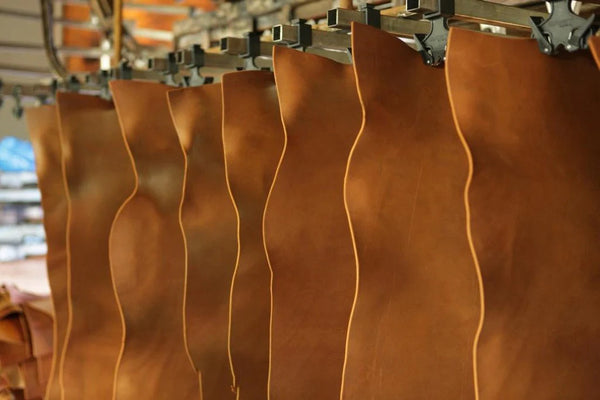




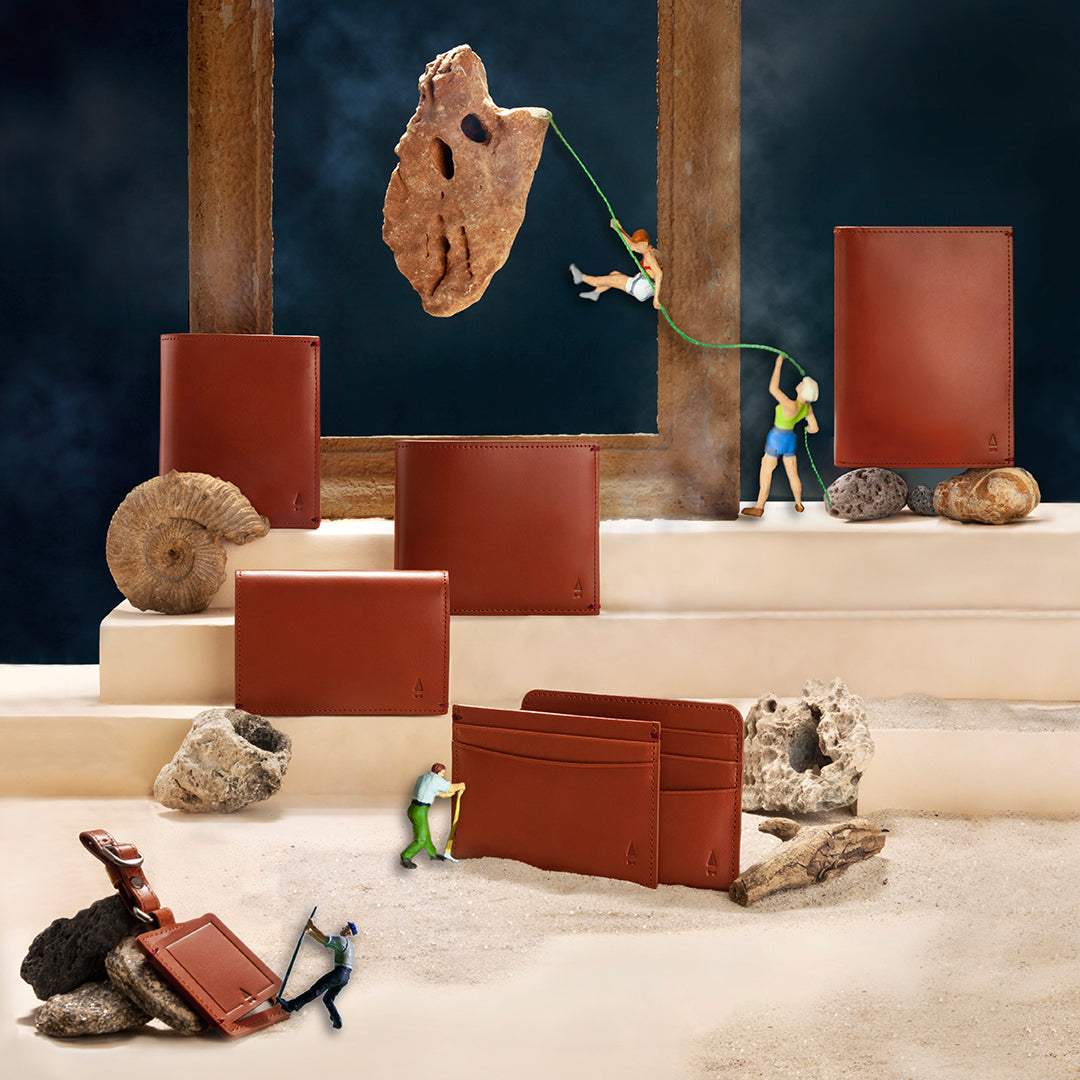
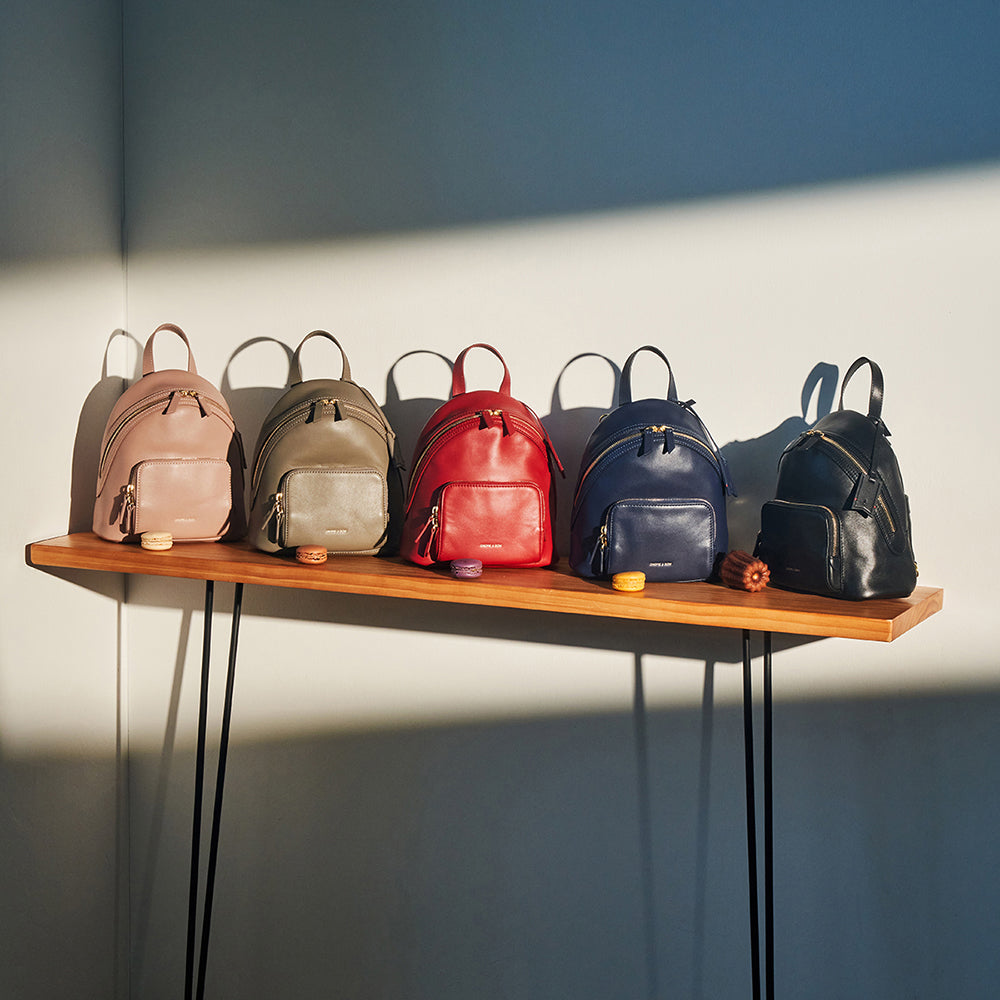
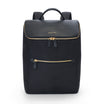
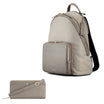
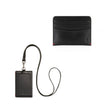


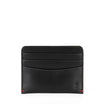
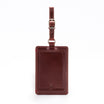
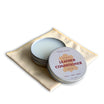
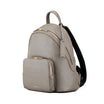
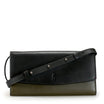
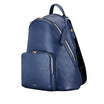
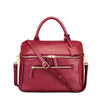
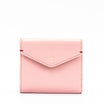
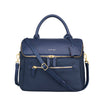
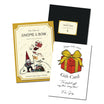
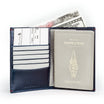
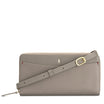
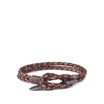
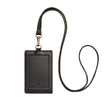
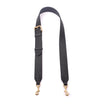
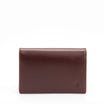
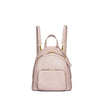
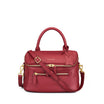
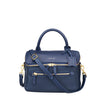




2 comments
david noah
Eric D. Ross
I suppose if I had to pick a perfect article, it would be yours. I know no article is perfect, but yours is as close as it gets. This is a good job.
Leave a comment
This site is protected by hCaptcha and the hCaptcha Privacy Policy and Terms of Service apply.